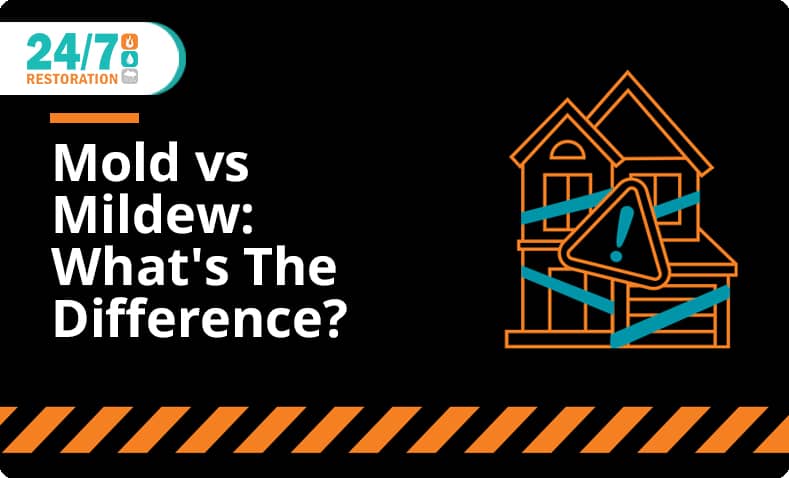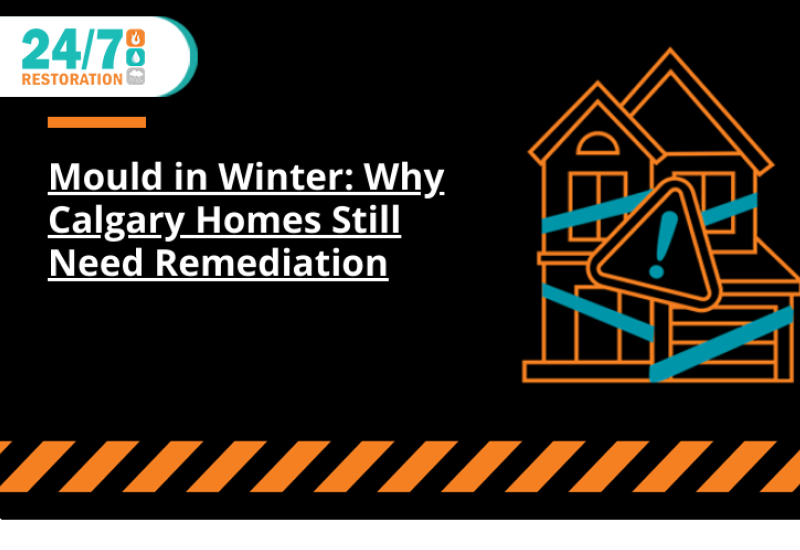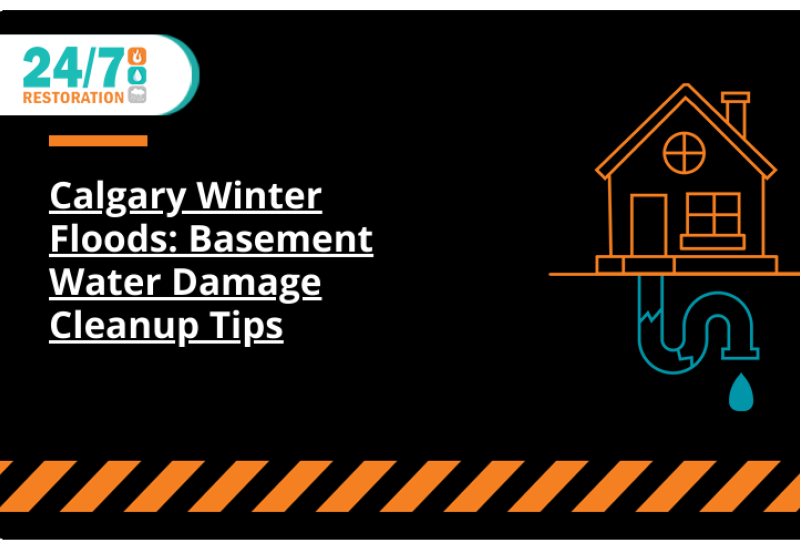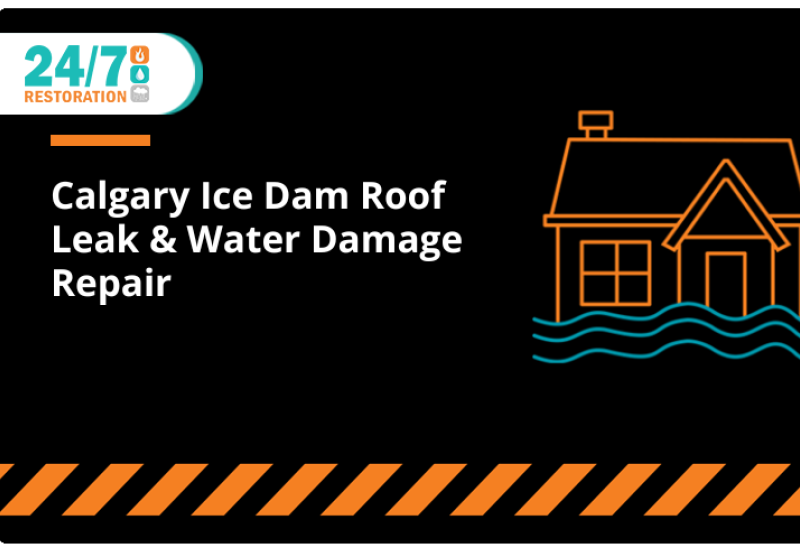Mildew Versus Mold: What To Look For And Why
Mildew
- The look: Mildew often appears dry or powder-like and is coloured white or grey. If the mildew sits and becomes old, it can turn yellow and eventually dark brown or black.
- The smell: Mildew has a mild, musty smell, reminiscent of old, damp fabric.
- Where it grows: Mildew grows on natural materials, often in damp or humid spaces, as it needs moisture and food to survive. If you see mildew growing on an inorganic material such as tile or a plastic shower curtain, it is actually growing on the dirt on the surface of the material. Mildew typically grows in environments with temperatures between 22℃ and 32℃, as it likes the heat and humidity. This makes bathrooms, which get warm and damp from steam, an ideal place for mildew to grow. Unlike mold, mildew grows on the surface of objects, which makes it easier to see and easier to clean.
- Health risks: Mildew can pose health issues that present as cold or flu-like symptoms in those without pre-existing conditions, although these symptoms can be significantly worse in those with allergies or breathing issues such as asthma.
Mold
- The look: Mold looks either fuzzy or slimy, is raised, and often presents in colours such as green, blue, black, or red.
- The smell: Mold often has a powerful, pungent smell to it; think of the strong scent of rotting food or the smell of compost. That strong smell is caused by microbial volatile organic compounds (MVOCs) that the mold produces as it grows. These MVOCs only occur in mold and not in mildew.
- Where it grows: Mold grows on natural materials, often in damp spaces, as it needs moisture and food to thrive. Mold also tends to grow when temperatures are between 15℃ and 27℃. Unlike mildew, mold grows underneath surfaces, which is why when certain items mold, such as drywall, you can see discolouration in the material instead of seeing the actual mold. This makes mold-infected items difficult to clean, as the mold is growing inside the item.
- Health risks: Mold can cause severe health problems depending on the type of mold and how long you are exposed. Some people with mold allergies or respiratory illness may feel symptoms even when the mold levels are low or even if the type of mold typically does not cause illness. These symptoms often include sneezing, runny/stuffy nose, cough, itchy eyes or nose or throat, watery eyes, or dry skin. Other molds in the home can include Stachybotrys (black mold) and Chaetomium. These molds can cause much more serious health issues even for those without pre-existing conditions. Illness caused by mold can affect the nervous system and cause memory loss, headaches, mood changes, and depression. Mold-related illness symptoms can also cause skin and eye irritation, congestion, respiratory illnesses, bronchitis, diarrhea, and general aches and pains.
Calgary Mold Removal From 24/7 Restoration
If you have mold or mildew in your home or if you have recently suffered an incident such as a flood that puts your home at higher risk of developing mold, get a professional cleanup from trained experts. Since mold and mildew grow using spores, mold has to be properly and completely removed to limit the chances of it returning. The professional team at 24/7 Restoration will remediate all dangerous mold from your home or business by going above and beyond the regulations required by government codes. To return your Calgary home or business to a safe environment, call 24/7 Restoration at 1-403-247-4365 or fill out the contact form below.
FAQ
Q: How can I prevent mold?
A: Some ways to prevent mold are to:
- Keep your house dry, particularly rooms that are frequently exposed to moisture or have poor circulation
- Fix any leaks in the home
- Turn off humidifiers if the windows show condensation/fog
- Don’t leave wet material sitting in an enclosed space
- Clean humidifiers and dehumidifiers often
Q: What materials can mold grow on?
A: Mold can grow almost anywhere that has the three elements it needs: air, moisture, and a surface to cling to. Drywall, wood, and fabrics such as cotton are great examples of areas where mold can grow in the home.
Q: Can I clean up mold by myself? If yes, how?
A: It is possible to remove small patches of mold by yourself if you take the right precautions. Wear protective clothing and scrub away the mold with a mixture of detergent and water (not bleach). However, if the moisture problem is not resolved, the mold is likely to return. Most people don’t know the difference between non-toxic and toxic mold, so it is safer to contact 24/7 Restoration for proper removal of all forms of mold.




